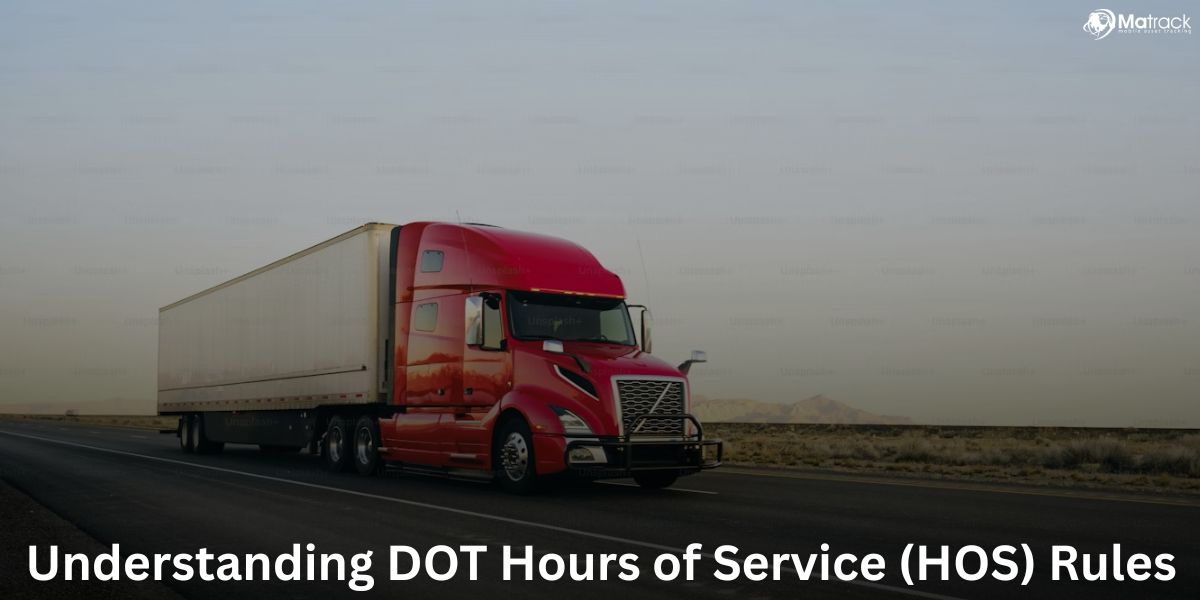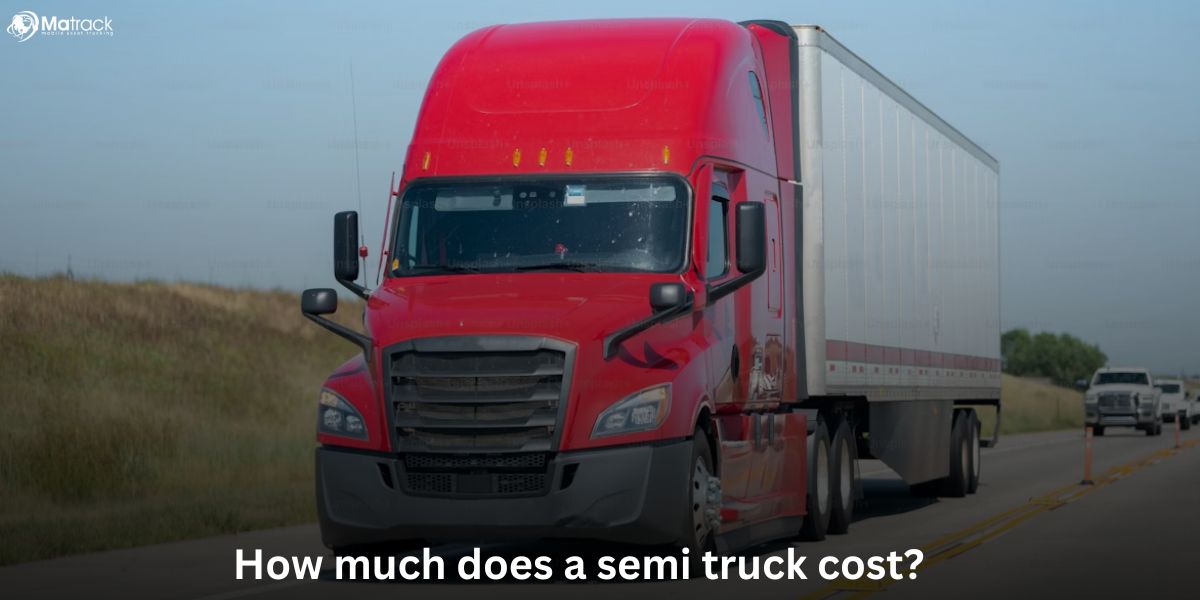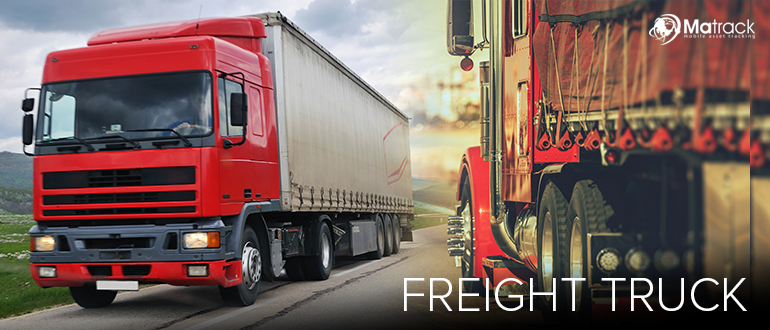Key Takeaways:
- Middle mile logistics connects suppliers to distribution centers and ensures faster, smoother product movement.
- It directly impacts delivery speed, cost control, and inventory accuracy in the supply chain.
- Technologies like GPS tracking, automation, and AI help improve efficiency and visibility in middle mile operations.
- Solving challenges like labor shortages and underused capacity boosts reliability and lowers delivery costs.
What Is Middle Mile Logistics?
Middle mile logistics is the part of the delivery process that moves goods from a supplier’s warehouse or factory to a retailer’s distribution center. It comes after the first mile, where products are made or collected, and before the last mile, where they are delivered to customers.
You can think of it as the link that connects the beginning of the supply chain to the final delivery. This stage often includes activities like regional shipping, moving goods between warehouses, and loading items onto different types of transport.
Why Is Middle Mile Logistics Important?
Middle mile logistics keeps the delivery process running smoothly. It connects suppliers to distribution centers and sets up the last mile for success.
- Cost control: A large part of logistics costs comes from the middle mile. In retail, this stage can take up to 30% of the total cost. Improving this step helps businesses save money and reduce waste.
- Inventory accuracy: Timely arrivals at distribution centers keep inventory levels steady. When products show up when expected, stores can restock without delays.
- Delivery speeds: Faster movement in the middle means quicker deliveries to customers. A smooth handoff here makes it easier to meet delivery promises on time.
When the middle mile breaks down, everything else gets delayed. Even if production and last-mile delivery are working well, problems in the middle slow everything down.
Key Functions in Middle Mile Operations
Line Haul Transportation
This is the part where goods travel between big hubs, like from one city to another. It usually happens over long distances using trucks, trains, or even planes.
It’s a key part of the journey because it covers most of the ground. If this step goes smoothly, everything else stays on schedule.
Cross-Docking
Cross-docking means moving items straight from one truck to another without storing them. It’s all about keeping things moving without unnecessary stops.
This method helps save time and space. It also makes sure deliveries don’t get held up sitting in warehouses.
Pooling and Consolidation
Pooling and consolidation is when shipments from different places are packed into one truck. It helps companies use fewer vehicles and cut down on costs.
By sharing space in the same truck, businesses can save money and reduce traffic. It’s a smart way to move more goods with less waste.
Middle Mile vs. Last Mile vs. First Mile
| Feature | First Mile | Middle Mile | Last Mile |
| Start Point | Manufacturer or farm | Regional warehouse or port | Local distribution center |
| End Point | Supplier or exporter | Fulfillment center or DC | End customer or retail location |
| Visibility | Low | Medium | High |
| Cost per shipment | Low | Medium | High |
| Complexity | Moderate | High (depends on network size) | Very High (due to urban routing) |
Technologies Optimizing Middle Mile Transportation
Transportation Management Systems (TMS)
Transportation Management Systems help companies plan better routes and choose the right carriers. They also track shipments in real time, so everything stays on schedule.
By using smarter routes, businesses save fuel and avoid delays. These tools can lower transportation costs by as much as 15%.
AI-Powered Load Matching
AI tools help match shipments with trucks that have the space to carry them. They consider things like location, timing, and truck size to find the best match.
This means fewer empty trucks on the road and more goods moved in each trip. It helps reduce waste and improves how well fleets are used.
GPS Fleet Tracking
GPS fleet tracking gives managers live updates on where every vehicle is at any moment. It helps them monitor driver routes, speeds, and stops.
With this visibility, it’s easier to avoid delays, improve safety, and keep customers updated. It also helps companies respond faster when something goes off track.
IoT and Telematics
Smart sensors are now used to watch over shipments as they move. They track things like temperature, humidity, vehicle condition, and location.
This keeps products safe, especially those that need special care like food and medicine. It also gives better control and more trust in the delivery process.
Warehouse Automation
In many warehouses, machines now help with sorting, packing, and moving goods. This cuts down the time it takes to handle each shipment.
With less manual work, warehouses move items faster and with fewer mistakes. It makes the whole delivery system run more smoothly.
Challenges in Middle Mile Delivery
Network Fragmentation
In middle mile logistics, goods often move through several hands and companies. These multiple transfers can cause confusion and make the whole process less reliable.
Each operator may follow different standards or timelines. This mismatch slows things down and makes planning harder.
Lack of Visibility
Unlike the last mile where tracking updates are sent to customers, the middle mile is less visible. Managers often don’t know exactly where a shipment is or what’s causing a delay.
This lack of real-time tracking makes it tough to react quickly when something goes wrong. It also leads to more guesswork and less control.
Underutilized Capacity
Many trucks run without being fully loaded, which means wasted space and higher costs. This usually happens when shipments aren’t combined efficiently.
Better coordination could save money and reduce the number of vehicles on the road. But without good planning tools, this remains a common issue.
Labor Shortages
There aren’t enough drivers for long-distance routes, and that creates a big challenge. Even when trucks are ready to go, they might sit idle waiting for a driver.
This shortage disrupts delivery schedules and adds delays to the whole chain. It’s one of the toughest problems logistics companies face today.
Innovations Driving Future Middle Mile Models
Autonomous Trucks
Self-driving trucks are being tested for long-distance freight routes. These vehicles are designed to move goods without needing a person behind the wheel.
They can stay on the road for longer hours and help fill the gap caused by driver shortages. This makes deliveries more consistent and less dependent on human schedules.
Electric Fleets
Electric trucks are starting to replace fuel-powered ones on shorter routes. They are often used between cities and surrounding areas.
These vehicles lower carbon emissions and support cleaner transportation. They also reduce noise and meet modern environmental standards.
Dynamic Routing with AI
Advanced software now helps delivery teams pick the best route in real time. It adjusts based on traffic, weather, or any delays on the road.
This keeps trucks moving efficiently and avoids wasted time. It leads to faster deliveries and better use of fleet resources.
Regulations for Middle Mile Logistics
Vehicle Safety Standards
Trucks and trailers used in the middle mile must meet strict safety rules. These include working brakes, lights, tires, and regular maintenance checks.
Governments inspect these vehicles to make sure they are safe to drive long distances. Failing these checks can lead to fines or route delays.
Driver Work Hour Limits
Drivers are only allowed to work a certain number of hours per day and week. These rules are in place to prevent fatigue and reduce the risk of accidents.
Each driver must log their driving time, rest breaks, and off-duty hours. Companies must follow these rules or face penalties.
Read More: DOT Hours of Service (HOS) Rules
Cargo Documentation
Every shipment must include proper paperwork, including shipping labels, bills of lading, and tracking details. These documents help verify what is being moved and where it’s going.
They also ensure that goods pass smoothly through checkpoints and inspections without delays.
Environmental Compliance
Middle mile fleets must follow emission rules, especially in areas with strict clean air standards. Vehicles may need to meet fuel efficiency targets or emission caps.
Some routes may have low-emission zones, and older trucks might not be allowed in. Staying compliant avoids fines and supports sustainability goals.
Weight and Load Limits
Each vehicle has a maximum weight it can legally carry. Exceeding those limits can damage roads and pose safety risks.
Weigh stations and random checks keep loads within legal bounds. Overloading can result in heavy fines and shipment delays.
Best Practices to Improve Middle Mile Logistics
Use Multi-Modal Transport
Combining different types of transportation, like trucks for local moves and trains for long hauls, helps improve delivery speed and reduce costs. By using the right mode for the right distance, companies can move goods more efficiently and avoid relying too much on a single method.
Leverage Real-Time Data
Tracking shipments in real time with tools like GPS or RFID gives logistics teams more control. This allows them to spot delays early, adjust plans quickly, and keep everything moving without surprises.
Optimize DC Locations
Placing distribution centers near major cities or demand hotspots makes it easier to reach customers quickly. It shortens the travel distance in the middle mile, which cuts down fuel use and leads to faster, more reliable deliveries.
Build Collaborative Freight Networks
Partnering with other businesses to share transport routes or truck space helps reduce empty loads and lowers costs for everyone. It’s a smart way to get more value from each trip while also reducing the number of vehicles on the road.
Conclusion
Middle mile logistics plays a major role in making delivery systems faster, cheaper, and more reliable. It connects suppliers to distribution centers and keeps the entire supply chain working smoothly.
Improving this stage with better planning, smarter technology, and strong networks helps reduce delays and cut down costs. Businesses that focus on optimizing the middle mile can deliver products faster and serve customers better.



